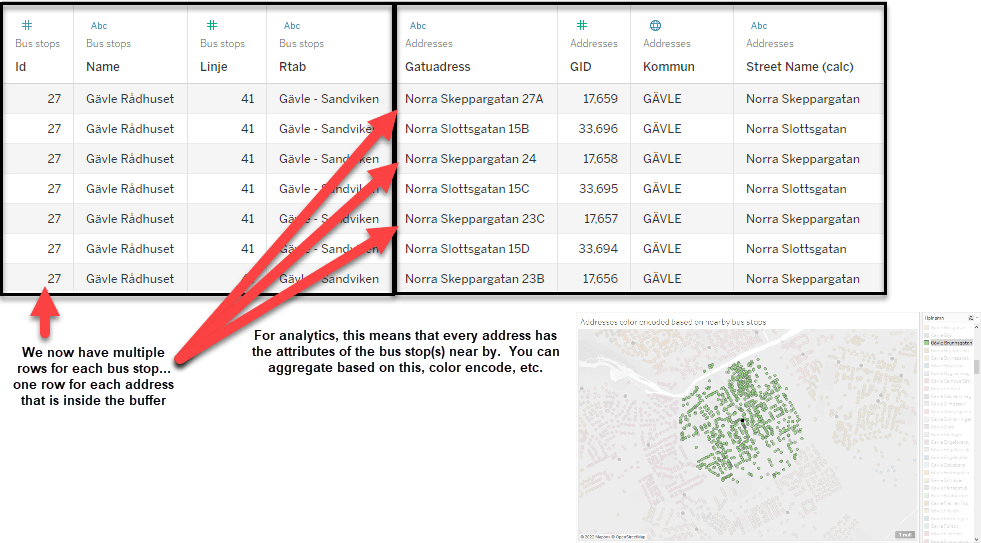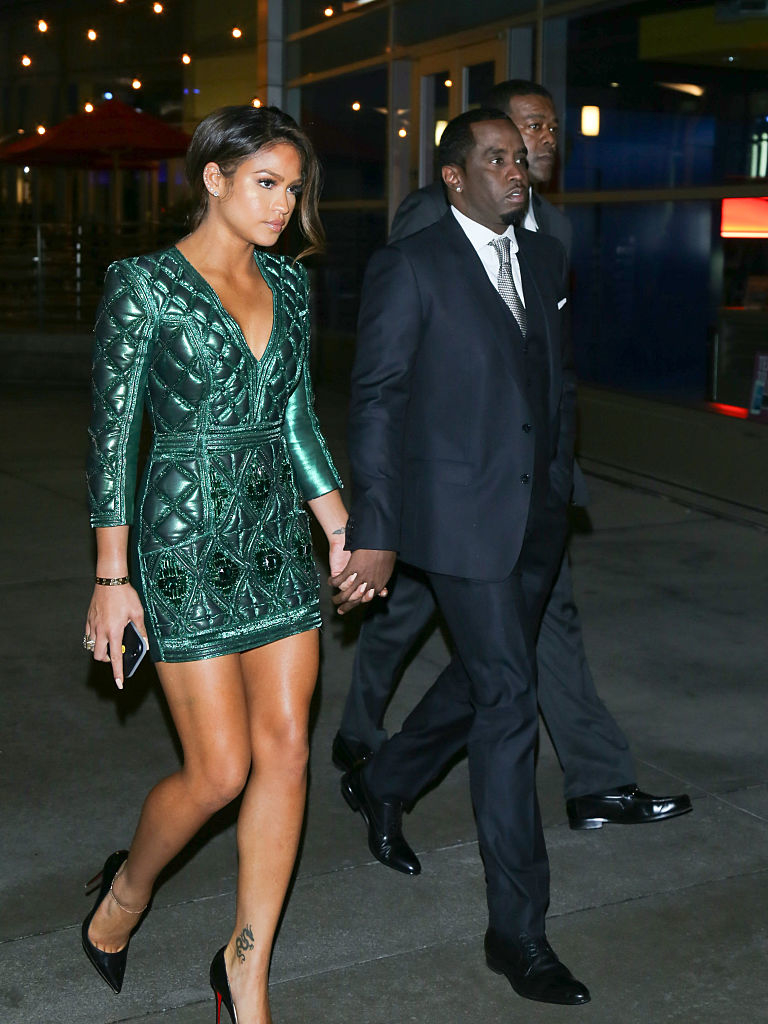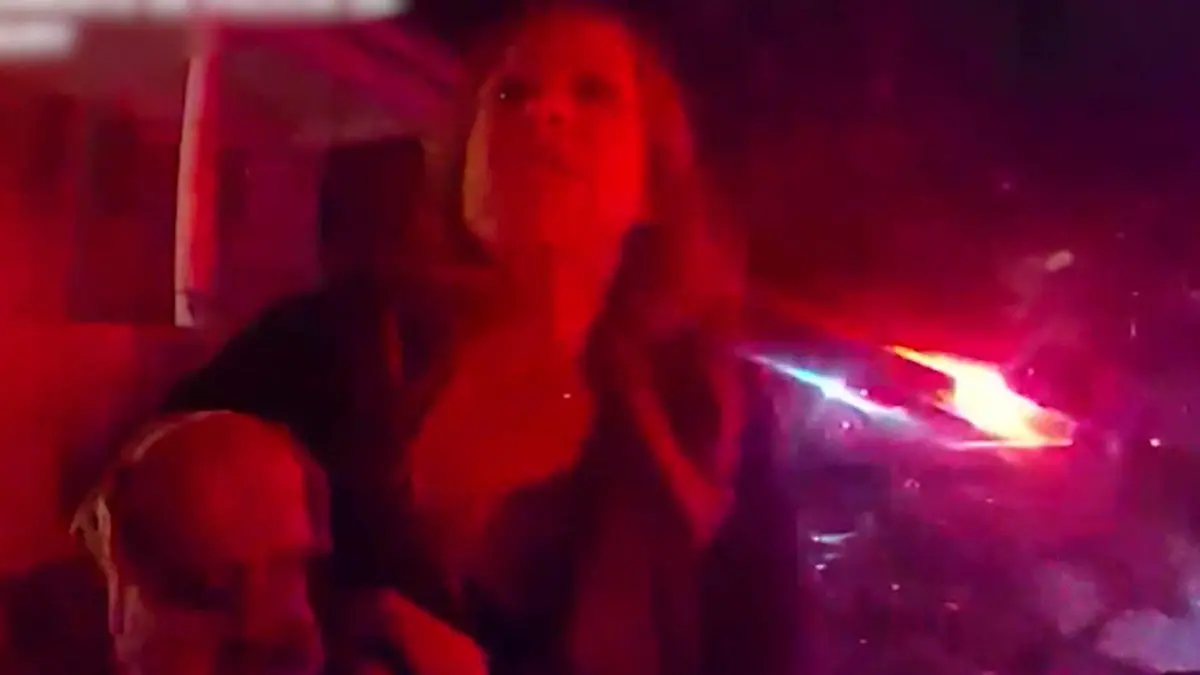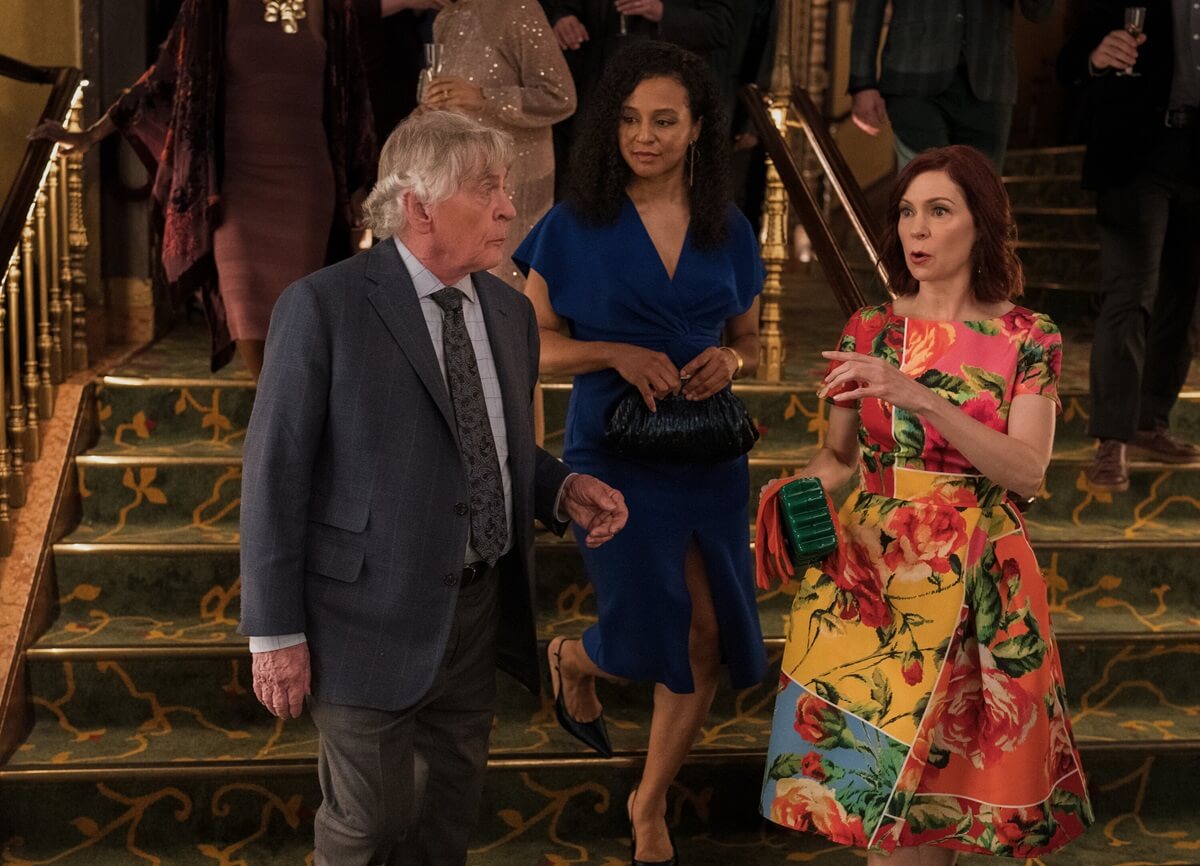Professorship In Fine Arts: Exploring Spatial Concepts

Table of Contents
The Pedagogical Importance of Spatial Concepts in Fine Arts Education
A strong understanding of spatial concepts is fundamental to a successful fine arts education. A professorship in fine arts should prioritize the development of students' spatial awareness and their ability to manipulate space effectively in their artwork.
Understanding Spatial Relationships
Mastering spatial relationships is paramount. This involves understanding positive and negative space, foreground/background relationships, and depth perception – all crucial elements of artistic composition. Effective teaching strategies include:
- Practical Exercises: Incorporating exercises like blind contour drawing encourages students to observe and translate spatial relationships onto the page. Perspective studies, from one-point to complex multi-point perspectives, build a strong foundational understanding of depth and spatial recession.
- Analyzing Artistic Styles: Studying diverse artistic movements reveals how different cultures and periods approached spatial representation. For example, comparing the use of perspective in Renaissance painting with the fragmented spatial planes of Cubism highlights the versatility and evolution of spatial concepts in art.
- Technological Integration: Utilizing 3D modeling software, such as Blender or Cinema 4D, allows students to explore spatial relationships in a three-dimensional environment, enhancing their understanding and ability to create complex spatial arrangements.
Spatial Awareness and the Viewer's Experience
Spatial design significantly impacts the viewer's emotional and cognitive response. A skilled artist understands how to manipulate space to evoke specific feelings and narratives. Consider:
- Immersive Installations: Artworks like immersive installations and site-specific pieces demonstrate the power of spatial manipulation to completely envelop and engage the viewer.
- Scale, Proportion, and Proximity: The size of an artwork relative to the viewer (scale), the relationships between different elements within the artwork (proportion), and the physical distance between the viewer and the artwork (proximity) all contribute to the overall spatial experience.
- Emotional Evocation: Different spatial arrangements can evoke a wide range of emotions. A cramped, claustrophobic space might induce anxiety, while a vast, open space could create a sense of freedom or awe.
Spatial Concepts across Different Artistic Disciplines
Spatial concepts manifest differently across various artistic disciplines. A comprehensive professorship in fine arts must address this diversity.
Spatial Exploration in Painting and Sculpture
Painting and sculpture, while distinct, share a common interest in representing and manipulating space.
- Painting and Perspective: Painters employ perspective, atmospheric perspective, and composition to create the illusion of depth and three-dimensionality on a two-dimensional surface.
- Sculpture and Volume: Sculptors work directly with three-dimensional space, using volume, mass, and negative space to create powerful spatial experiences. The interplay of positive and negative space is particularly critical in sculptural works.
- Masterful Artists: Artists like Michelangelo, with his masterful use of human form within architectural space, and Rodin, with his exploration of movement and volume in his sculptures, exemplify the innovative approaches to spatial representation. Even abstract artists like Rothko use spatial relationships to create emotional impact.
Spatial Considerations in Installation Art and Performance Art
Installation and performance art present unique spatial challenges and opportunities.
- Site-Specificity: Site-specific installations are intrinsically linked to the chosen location, requiring artists to carefully consider the existing spatial characteristics and integrate their artwork harmoniously.
- Viewer Interaction: In performance and installation art, the viewer often plays an active role, moving through and interacting with the artwork, thereby becoming a participant in shaping the spatial experience.
- Innovative Examples: Examples of innovative spatial design in these disciplines include immersive environments that envelop the viewer and interactive sculptures that respond to the viewer's touch or movement.
The Role of Technology in Exploring Spatial Concepts
Technology plays an increasingly important role in exploring and teaching spatial concepts within a professorship in fine arts.
Digital Tools for Spatial Design and Visualization
Digital tools significantly enhance spatial understanding and creation.
- Software Applications: 3D modeling software (Blender, Maya, 3ds Max), along with VR/AR development platforms (Unity, Unreal Engine), provide powerful tools for designing and visualizing complex spatial arrangements.
- Curriculum Integration: Integrating these tools into the curriculum empowers students to experiment with spatial design in ways that were previously impossible.
- Technological Artists: Many contemporary artists utilize technology to push the boundaries of spatial exploration, creating interactive and immersive installations that blur the lines between the physical and digital worlds.
Virtual and Augmented Reality in Fine Arts Education
Virtual and augmented reality (VR/AR) technologies offer transformative potential for art education.
- Benefits of VR/AR: VR/AR allows students to experience and manipulate three-dimensional spaces in a highly interactive and engaging manner, significantly enhancing their spatial understanding.
- Successful Implementations: There are numerous examples of successful implementations of VR/AR in art education, from virtual museum tours to interactive sculpting environments.
- Challenges and Limitations: While promising, the cost and accessibility of VR/AR technology, as well as the potential for technical glitches, present challenges that need to be addressed.
Conclusion: The Future of Spatial Understanding in a Professorship in Fine Arts
Spatial understanding is not merely a technical skill but a fundamental aspect of artistic practice and critical analysis. A successful professorship in fine arts must prioritize the teaching of spatial concepts, fostering students’ ability to manipulate space effectively and creatively across diverse artistic disciplines. The integration of technology, particularly VR/AR, offers exciting opportunities to enhance the learning experience and push the boundaries of spatial exploration in art. By integrating a strong understanding of spatial concepts into your teaching methodology, you can empower your students to create innovative and impactful artwork. Embrace the opportunities presented by technology and continue exploring the ever-evolving landscape of spatial design within a Professorship in Fine Arts. Develop your students' understanding of spatial concepts to better prepare them for a career in the dynamic world of fine arts.

Featured Posts
-
 Barnli I Lids Dvo No Slav E Vo Pat Kon Premier Ligata
May 13, 2025
Barnli I Lids Dvo No Slav E Vo Pat Kon Premier Ligata
May 13, 2025 -
 Cassie Ventura And Alex Fines Red Carpet Appearance Photos From The Mob Land Premiere
May 13, 2025
Cassie Ventura And Alex Fines Red Carpet Appearance Photos From The Mob Land Premiere
May 13, 2025 -
 Pengalaman Sby Diplomasi Efektif Dalam Menghadapi Krisis Myanmar
May 13, 2025
Pengalaman Sby Diplomasi Efektif Dalam Menghadapi Krisis Myanmar
May 13, 2025 -
 Sicherheitsmassnahmen Nach Amokalarm An Der Neuen Oberschule Braunschweig
May 13, 2025
Sicherheitsmassnahmen Nach Amokalarm An Der Neuen Oberschule Braunschweig
May 13, 2025 -
 Update Search For Missing Woman 79 In Portola Valley Preserve
May 13, 2025
Update Search For Missing Woman 79 In Portola Valley Preserve
May 13, 2025
Latest Posts
-
 Elsbeth Season 2 Episode 15 A Disappointing Conclusion
May 13, 2025
Elsbeth Season 2 Episode 15 A Disappointing Conclusion
May 13, 2025 -
 Enhancing Elsbeths Story The Importance Of A Recurring Angus
May 13, 2025
Enhancing Elsbeths Story The Importance Of A Recurring Angus
May 13, 2025 -
 Character Development Why Angus Needs To Be A Recurring Character For Elsbeth
May 13, 2025
Character Development Why Angus Needs To Be A Recurring Character For Elsbeth
May 13, 2025 -
 David Alan Griers Funeral Home Featured In Elsbeth Sneak Peek
May 13, 2025
David Alan Griers Funeral Home Featured In Elsbeth Sneak Peek
May 13, 2025 -
 Elsbeth Sneak Peek Uncovering Details At David Alan Griers Funeral Home
May 13, 2025
Elsbeth Sneak Peek Uncovering Details At David Alan Griers Funeral Home
May 13, 2025
